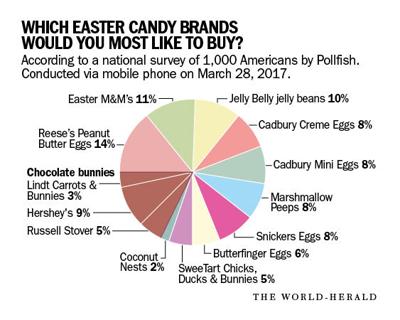 It's sometimes difficult to integrate writing into math. Yes, one can use journals, or writing prompts but there is a much better way of integrating writing into math and that is by having students read and then summarize articles either for publication in classroom magazine or into a journal.
It's sometimes difficult to integrate writing into math. Yes, one can use journals, or writing prompts but there is a much better way of integrating writing into math and that is by having students read and then summarize articles either for publication in classroom magazine or into a journal.I came across this idea in the article "Reading and Writing in the Math Class" by Alessandra King in Edutopia. It was published on October 30, 2018. In it, she discusses having students select math articles from the free app, Math Feed, summarize them and publish them in a classroom magazine.
She requires each student to read the article, summarize it, upload it with information on where they got the article from. She then grades each student for understanding of the material, clear communication, editing, critical thinking in regard to the article and several other things. She includes this as part of their overall grade.
There are lots of sources for finding mathematically based articles. New York Times, Washington Post, The Economist, The New Scientist, Scientific American, or you can check out some digital sources who gather all the articles into one place.
1. Mathfeed is a free app for apple devices. The creator, Francis Edward Su, developed this app so it brings together articles from newspapers, influential blogs, podcasts, videos, and puzzle columns. He did this while president of the Mathematical Association of America so it also includes their publications.
2. Math News from Phys.org has assembled math news into one location. I saw one article where someone performed a statistical analysis on Beowulf and concluded it was written by a single author. Another article analyzed over 4 million pitches to determine the rate of mistakes umpires make. I'm sure students would find one they liked.
3. Science Daily has a page filled with mathematical news. They publish a few each day but have a long list under more mathematical news. I saw one article about bee's being able to do basic math.
4. Scientific American also has a page dedicated to mathematical news, starting with one on the mathematics of hacking. Another article uses data to determine which movies had the most influence on society. They looked at 47,000 movies to see which ones were referenced the most beginning with Gone With the Wind, followed by The Wizard of Oz and more.
5. New York Times has a page listing all the articles dealing with mathematics from the perfect formula of a heart at valentines day to the first women to win the Abel prize for mathematics.
6. The Independent over in the UK has a page with articles on mathematics. One articles states that 26 is the best age to get married at least as calculated by mathematics while another article looks at the perfect way to cut a pizza mathematically.
There are other sites out there you can use, all you need do is type in Mathematical News into the search engine. If a student does not like the choices, have them find an article that interests them, check it out and decide if its a decent one. If so, let them do it. If your students have a lower reading level, check out Newsela because they have some math articles that can be found at three different reading levels.
One reason to include writing is that the act of writing involves both sides of the brain, the side that generates ideas and the side that puts the ideas into a structured form. Furthermore, the slow pace of writing allows the student to construct their thoughts properly before writing. In addition, writing helps clarify student thinking before they put their thoughts on paper and student writing gives the teacher a chance to assess their understanding.
I plan to use this next year in math class to help improve reading and writing. I've decided to let them create a video summary if they want but they still have to turn in a written summary. Let me know what you think, I'd love to hear. Have a great day.
































